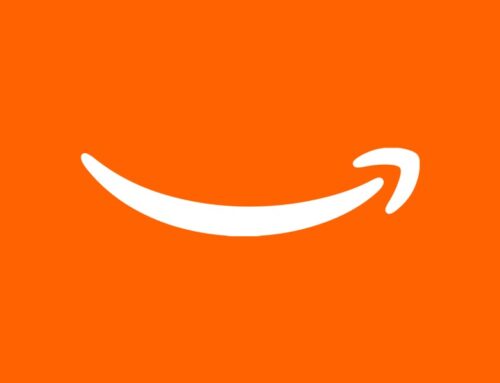A new solar project in Brooklyn could offer a model for climate…
January 6, 2025
An industrial waterfront in Brooklyn, New York, is transforming from a gritty area of abandoned warehouses and crumbling piers into a hub of clean energy activity. A terminal for assembling giant offshore wind turbines is well under construction, and plans are taking shape for a $100 million center where startups can test new climatetech solutions.
Now the shoreside stretch is set to add a clean energy project to its portfolio: a unique solar initiative driven by the local community.
Construction will begin early this year on the 725-kilowatt array, which is spearheaded by the grassroots organization UPROSE and will span the roof of a former military supply base. The project is expected to reduce the energy bills of some 150 participating households in Sunset Park — a mainly working-class neighborhood of Asian, Latino, and immigrant communities. Revenue from selling power to the grid will go into a community wealth fund that allows residents to invest in local programs, including potentially more solar.
“For me, this is more than just renewable energy; it’s a model of how we take control over our climate future, our economic future,” said Elizabeth Yeampierre, executive director of UPROSE.
UPROSE has been working to develop the Sunset Park Solar project since 2017, as part of its broader vision for curbing excessive air pollution and creating climate resiliency in the neighborhood. After years of forming partnerships, and repairs to the building’s rooftop, the solar array is finally expected to begin producing power by the end of this year.
Yeampierre’s group will co-own the installation with Working Power, a project developer that helps to build and finance renewable energy systems in marginalized communities. The New York City Economic Development Corporation (NYCEDC) is leasing space for 45,000 square feet of solar panels atop the renovated military base, known as the Brooklyn Army Terminal.
“We want the Sunset Park district to be the premier testbed for a just energy transition, and that includes community solar projects,” said Cecilia Kushner, chief strategy officer for NYCEDC.
Households that subscribe to the solar array will receive about a 20 percent discount on their utility bills, resulting in a combined $1.24 million in savings over 25 years — money that could help defray the rising energy expenses that many families face. UPROSE said that the array is expected to cost at least $2.7 million to build, which the partners plan to finance through grants, loans, and tax credits from government and other sources.
For Yeampierre, the yearslong effort is coming together at a pivotal moment. President-elect Donald Trump has vowed to slash U.S. clean energy spending and invest heavily in fossil fuels when he returns to office later this month. As federal action wanes, cities and states across the country are poised to redouble their efforts to fight climate change.
Projects like Sunset Park Solar could provide a “replicable model” for how to collaborate with local partners and tap incentives to develop renewables more equitably. “The timing couldn’t be better for sending a message of what’s possible,” Yeampierre said.
The neighborhood-driven initiative will also arrive at a time when community solar in general is gaining momentum nationwide.
Nearly 7.9 gigawatts of U.S. community solar projects were operating as of June 2024, including roughly 1.8 GW of capacity installed in New York state, according to the National Renewable Energy Laboratory. Nationally, the total could reach 14 GW of capacity by 2028, buoyed by state policies and federal efforts like the $7 billion Solar for All program, the consulting firm Wood Mackenzie forecasted.
As a category, community solar includes a variety of ownership structures and participation models. But projects tend to share the same goal: helping more people to access the environmental and economic benefits of solar energy — especially those who can’t pay the upfront installation costs or who live in rental or multifamily housing units. By some estimates, about three-fourths of U.S. households can’t put panels on their rooftops.
“Community solar really addresses a number of those issues,” said Kate Daniel, Northeast regional director for the Coalition for Community Solar Access, a national trade association.
Search
RECENT PRESS RELEASES
Related Post




